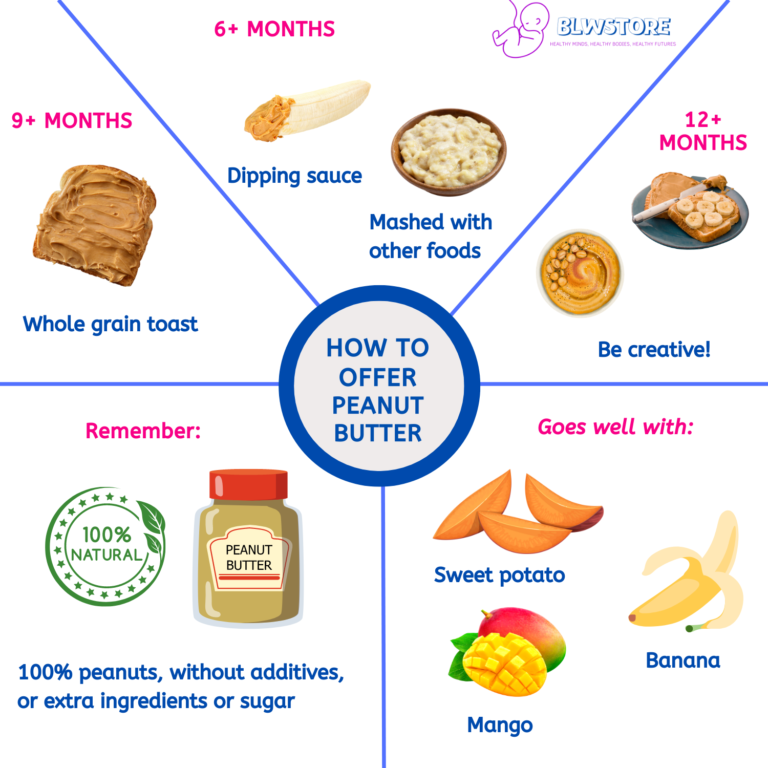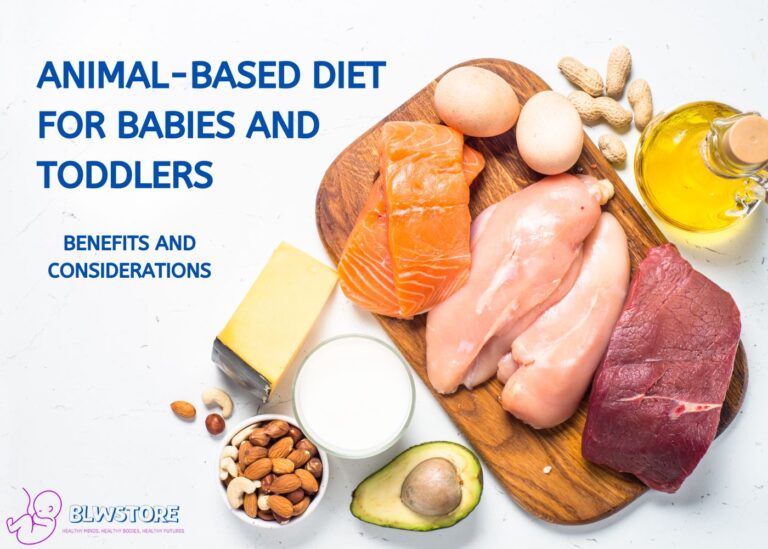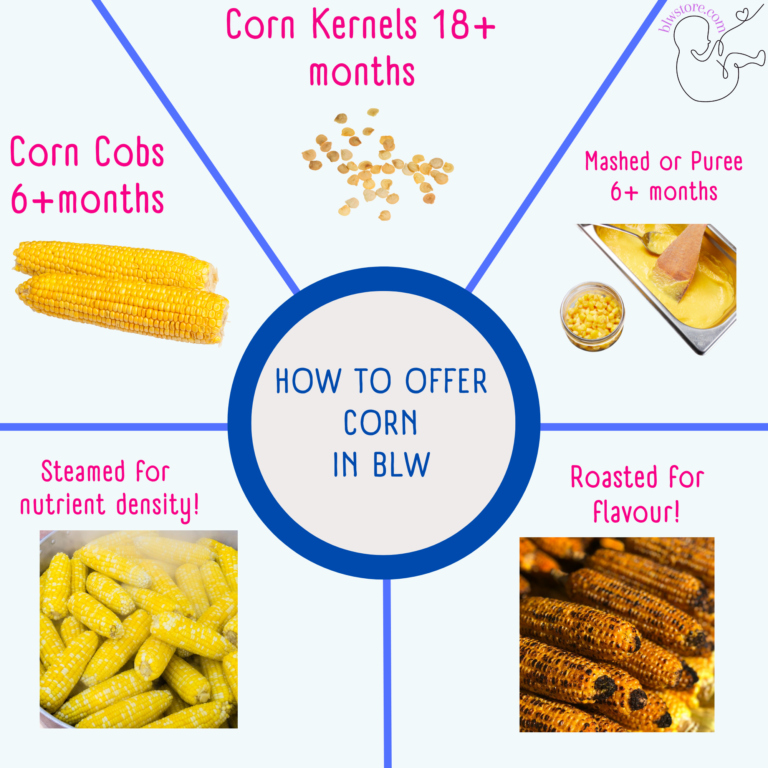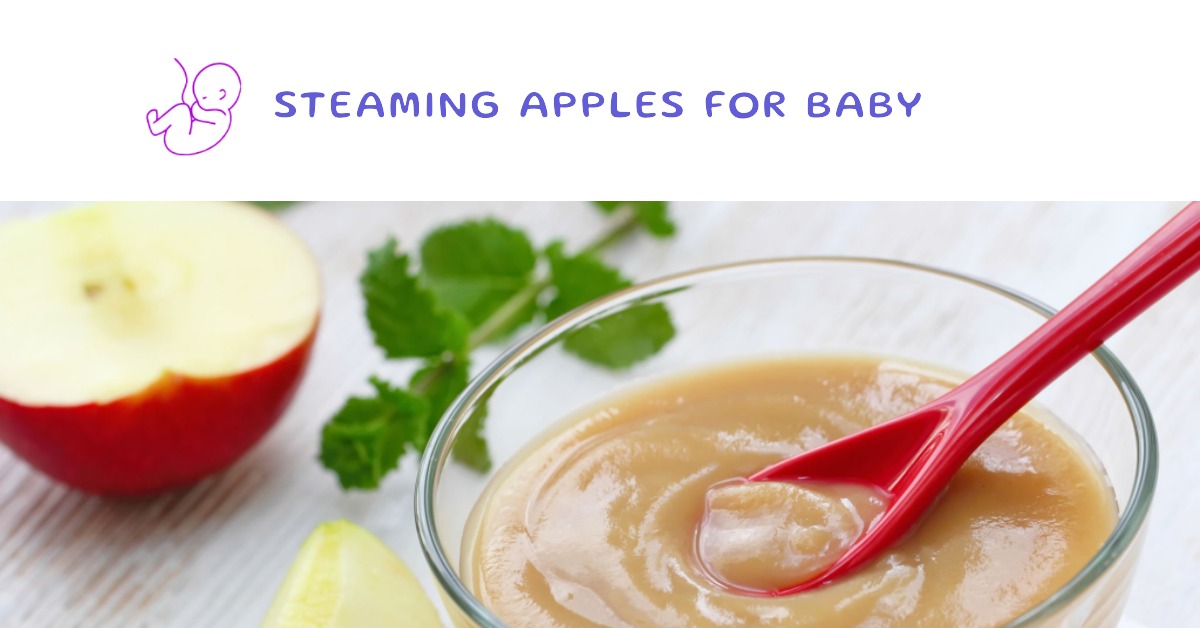
Iron is a crucial nutrient for babies during baby-led weaning, as from 6 months of age, the need for this mineral increases. This is one of the reasons why it is recommended to start complementary feeding at this age.
This important mineral plays a key role in brain development and helps transport oxygen throughout the body.
Baby Led Weaning (BLW) is a popular method of introducing solid foods to babies, and incorporating iron-rich foods into your baby’s diet is important for their overall health and development.
In this article, we’ll go over the benefits of iron for babies and provide a list of the top iron-rich foods to offer during BLW.
We will also give you some tips for introducing these foods to ensure your baby gets enough iron to support his or her growth and development.
Top 10 Iron-Rich Foods for Babies
- Beef liver
- Chicken liver
- Pork liver
- Lentils
- Clams
- Light tuna
- Sardines
- Pumpkin seed butter
- Broccoli
- Beef, lamb, or pork meat
Most Important Information
- Iron is a vital nutrient for babies, playing a crucial role in brain development and oxygen transport.
- Start with small amounts and gradually increase as your baby becomes more confident with solid foods.
- Combine iron-rich foods with vitamin C-rich foods for better absorption.
- Avoid offering calcium with iron-rich foods as it lowers the absorption rate.
Benefits of iron for babies
Iron is a vital nutrient for infants from 6 months of age. It plays a crucial role in their brain development and helps transport oxygen to the rest of the body.
The AAP recommends introducing iron-rich foods at 6 months, when their iron stores begin to run out.
Best iron-rich foods for Baby-Led Weaning
Meat
Meat is one of the main foods in terms of iron.
Beef is the type of meat with the highest amount of iron, so it should be the priority.
However, let’s not forget that although it is an iron-rich food, it has a high protein content, and we should not overdo it.
Below is a table with the maximum protein content we should give our baby.
| Meat | Iron (mg) per 3 oz serving |
|---|---|
| Beef | 2.3-3.5 mg |
| Lamb | 2.0-2.6 mg |
| Pork | 1.1-1.9 mg |
| Turkey | 0.9-1.3 mg |
| Chicken | 0.9-1.1 mg |
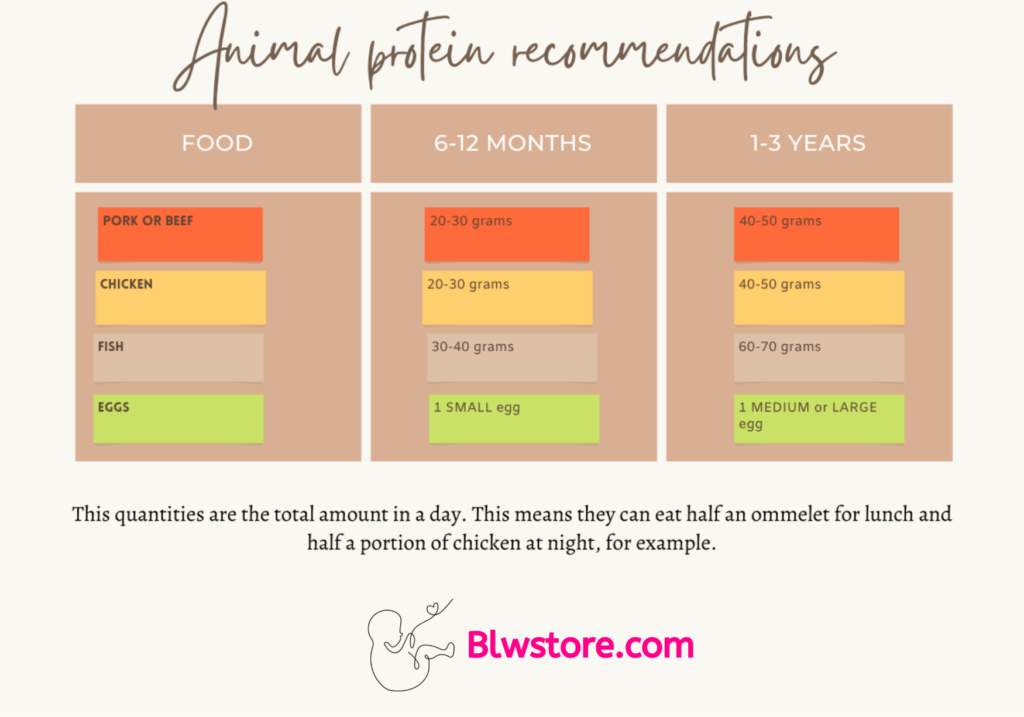
*Learn more: Best Protein Sources for Babies
Fish
Sardines clearly win, being the fish with the highest iron content.
However, as with meat, we must be cautious when offering fish. Take a look at the table of protein recommendations to guide you.
| Fish | Iron (mg) per 3 oz serving |
|---|---|
| Sardines | 2.3-3.5 mg |
| Tuna | 1.0-1.6 mg |
| Salmon | 0.7-1.0 mg |
| Cod | 0.4-0.6 mg |
| Sole | 0.4-0.5 mg |
Beans and Legumes
The same does not happen with legumes as with meat. There would be no problem with quantities as long as we do not go crazy. Common sense always comes first.
Legumes are a perfect food for baby-led weaning, even if you have to offer it with a spoon (your baby should be the one to use it, of course).
| Bean/Legume | Iron (mg) per 1/2 cup serving |
|---|---|
| Lentils | 3.3 mg |
| Kidney beans | 3.0 mg |
| Chickpeas | 2.5 mg |
| Black beans | 1.8 mg |
| Pinto beans | 1.7 mg |
Nuts and Seeds
Nuts are perfect for babies, thanks to their calorie and nutrient density and high iron content.
However, exclusive care must be taken when offering them. They should always be in cream or completely crushed in flour, as they are a choking hazard.
The easiest and safest option is to buy creams that are already prepared, without any additives, that is to say, that are 100% of the nut in question.
| Nut/Seed | Iron (mg) per 1 oz serving |
|---|---|
| Pumpkin seeds | 4.2 mg |
| Cashews | 2.3 mg |
| Almonds | 2.0 mg |
| Pine nuts | 1.9 mg |
| Pistachios | 1.8 mg |
Leafy Green Vegetables
Not all vegetables can be introduced at the same growth stage.
Some leafy greens such as chard, spinach, beets, arugula, fennel, radish, Chinese cabbage, lettuce and celery, due to their high concentration of nitrate, on average more than 1000 mg per kilogram, should not be introduced before 2 years of age. This is why, although spinach has a high amount of iron, it should not be offered yet.
Nitrate is a substance that is not very toxic but it’s easily converted into nitrite, which is harmful for health. This transformation of nitrate into nitrite occurs by bacterial reduction in food, either in the stages of its production (irrigation, growth, processing, and storage) or in our organism (by contact with our saliva and in the intestinal tract).
Small amounts of nitrites in the organism of children under 1 year of age can cause them to oxidize the iron contained in hemoglobin and transform it into methemoglobin, which hinders the transport of oxygen in the blood, generating respiratory difficulties in babies and whose most characteristic symptom is cyanosis (bluish coloration).
This condition is known as ‘blue baby syndrome‘, due to skin coloration in the absence of oxygen. This cyanotic condition occurs when the concentration of methemoglobin in the blood exceeds 3%. However, the Committee on Nutrition of the American Academy of Pediatrics warns that symptoms may be minimal until a concentration of 20% is reached.
You are probably wondering why this happens only in infants, if we adults consume them without any problems. It turns out that children, in their first months of life, produce little amount of acids, favoring that the bacteria in their intestine transform nitrates into nitrites in a short time.
| Leafy Green Vegetable | Iron (mg) per 1 cup serving |
|---|---|
| Spinach | 6.4 mg |
| Kale | 2.5 mg |
| Broccoli | 2.1 mg |
| Collard greens | 2.0 mg |
| Mustard greens | 1.7 mg |
Offal Foods or Organ meats
Organ meats are foods with a very high density of micronutrients, including iron.
However, they should be treated like meat, offering small amounts due to their high protein content.
The saturated fats they contain are also healthy if we do not overdo it.
| Offal Food | Iron (mg) per 3 oz serving |
|---|---|
| Beef liver | 5.2 mg |
| Chicken liver | 3.9 mg |
| Pork liver | 3.5 mg |
| Beef kidney | 2.6 mg |
| Chicken giblets | 1.2-1.7 mg |
Tips for introducing iron-rich foods during Baby Led Weaning
Start with small amounts
When introducing new foods to your baby, it is important to start slowly and increase gradually as your baby becomes more confident with solid foods.
The goal of Baby Led Weaning is for the baby to set the pace and have the autonomy to choose how and how much he/she wants to eat.
Don’t worry if it’s hard at first, it’s called complementary feeding for a reason, your baby will still get what he needs from breast milk or formula. Besides, you can always do the occasional puree if you get overwhelmed.
Offer a variety of iron-rich foods
To ensure your baby absorbs as many micronutrients as possible, it is a good idea not to offer only 1 food, but to try to vary whenever possible.
When introducing a new food, it is necessary to wait 1 full day before offering anything else. In the case of allergens, it is necessary to wait 3 consecutive days.
In keeping with this, always try to vary the foods you offer, as it will help your baby to accept new foods.
Mix iron-rich foods with vitamin C-rich foods but not with Calcium
Finally, try to mix iron-rich foods with citrus fruits or foods high in vitamin C whenever possible, as it helps the absorption of iron. However, avoid adding calcium in the same meal, as it hinders iron absorption.
List of the 10 best iron-rich foods to start with
Are all iron-rich foods the same?
No, not all iron-rich foods are the same. Iron from animal sources, known as heme iron, is better absorbed by the body than iron from plant sources, called non-heme iron.
Heme iron is found in foods like red meat, poultry, and fish, while non-heme iron is found in plant-based foods such as legumes, nuts, seeds, and leafy green vegetables.
Though both types of iron contribute to a healthy diet, heme iron is more easily utilized by the body, making animal foods a more efficient source of this essential mineral.
- Beef liver
- Chicken liver
- Pork liver
- Lentils
- Clams
- Light tuna
- Sardines
- Pumpkin seed butter or pumpkin seed cream
- Broccoli
- Beef, Lamb, or pork meat
Conclusion
In conclusion, providing a variety of iron-rich foods for babies during baby-led weaning is essential for their growth and development.
Remember to introduce these foods gradually and mix them with vitamin C-rich foods for optimal iron absorption.
We’re Maria and Alberto, a married couple and educators who are nutrition enthusiasts. Even before we had kids, we were already crazy about nutrition.
We’d read scientific articles, watch videos from nutritionists, and spend hours listening to nutrition podcasts.
Today, we continue doing this, but in a different way, as we’ve learned to sift through the noise and trends. Nutrition, like any other field of knowledge, the more you read and learn, the more you develop a comprehensive understanding of reality, and that’s what has happened to us.
Before having our first child, we focused on learning everything we could about child nutrition, using the same techniques we had already employed, backed by our extensive knowledge in nutrition.
Our mission is to help other parents with their children’s nutrition, to help them become the best versions of themselves.
If we are what we eat and drink, which is absolutely true, let’s do it right!



